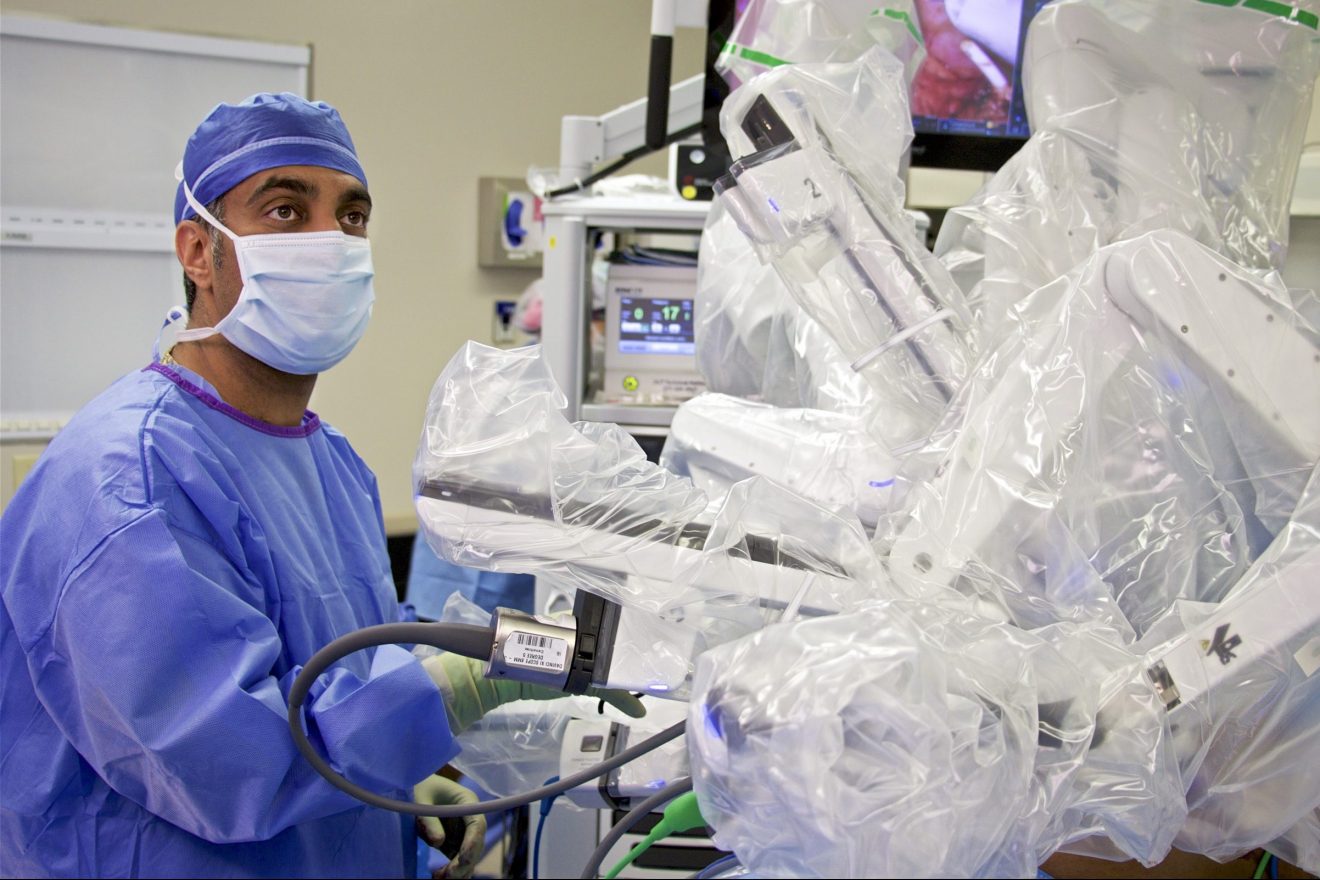
July 17, 2018
Minimally invasive surgery is becoming increasingly more common. This type of surgery is performed by making several small incisions as opposed to one large opening. The switch to minimally invasive procedures is more beneficial to patients. One of the major benefits of this type of surgery is the fact that it is safer than traditional surgery. Here are the reasons minimally invasive surgery is safer than regular surgery.
Smaller Incisions
Traditional surgery usually involves making incisions that are around six inches long. The length of the incision allows surgeons to reach the target area. Unfortunately, incisions of this size are more susceptible to infections and expose the surrounding tissue to pathogens. The smaller incisions which are made during a minimally invasive surgical procedure decrease the chances of a patient developing an infection.
Reduced Trauma to Tissue
The incisions used for traditional surgery are typically made through the muscle. Damage to the muscle requires a considerable amount of healing time. Because minimally invasive techniques do not cut through muscle, patients don’t experience as much tissue damage and recover faster.
Less Blood Loss
The size of the incisions made during a minimally invasive procedure means that fewer blood vessels are cut. Because fewer blood vessels are cut, there is less blood loss and a decreased chance of the patient going into shock. This type of procedure also reduces the need for a blood transfusion.
Fewer Side Effects of Anesthesia
While anesthesia is generally seen as safe for patients, its use can present some serious surgical complications. For some patients, anesthesia errors can lead to serious injuries and wrongful death. Patients with serious illnesses and the elderly run a higher risk of being affected by the use of anesthesia. A minimally invasive procedure may require very little anesthesia, if any at all. The lack of anesthesia reduces the chances of unwanted side effects.
Increased Surgical Accuracy
Surgeons use cameras during minimally invasive procedures. The camera allows the surgeon to get a better view of the surgical area. There is an improvement in the accuracy of the surgery, further reducing the chances of complications.
Less Pain
Patients experience more pain with open surgical procedures. The pain and discomfort experienced after the surgery can cause patients to use large amounts of pain relievers. Reducing the pain a person suffers after surgery may reduce the long-term persistent, postoperative pain. This persistent pain can affect a person’s quality of life and result in the prolonged use of medications.
Pain management has become a major issue in western medicine. Many medications used for managing pain, such as Fentanyl which is commonly used for cancer treatments or after major surgery, quickly become addictive to people suffering and contribute to the world opioid crisis. With minimally invasive procedures, the dangers of these medications are usually not present, and you can rest assured you can manage the pain with no, or very little, medication.
While minimally invasive surgery is not for every procedure, it does have its benefits. One of the benefits of this type of surgery is that it’s a much safer option. It isn’t completely free of complications, but it is much safer than traditional surgery.
References:
http://www.laspine.com/safety-of-minimally-invasive-spine-surgery/
http://www.southeasternspine.com/why-minimally-invasive-surgery-is-better/
https://www.caseyshomolaw.com/boca-raton-medical-malpractice-lawyer/
https://www.therecoveryvillage.com/fentanyl-addiction/treatment-rehab/
